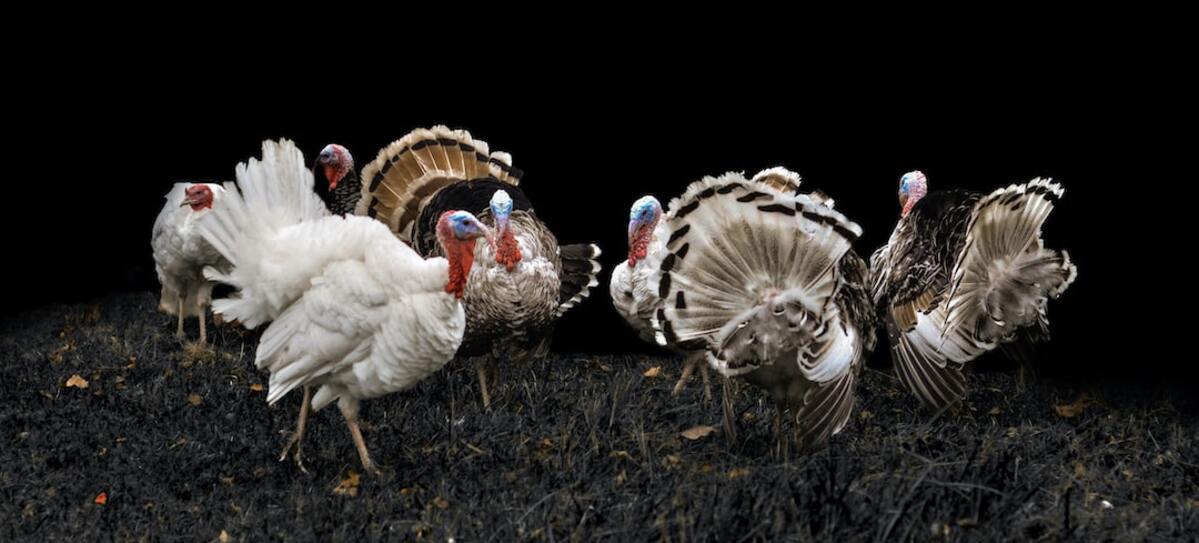New Markets are opening up. Technology is accelerating. It’s changing everything.
And creating fortunes in the process.
Dynamic Wealth Research exposes the biggest and most profitable changes for our readers.
How Thanksgivng Prices Will Predict Future Inflation
It’s inevitable you’re going to see a lot of “how much more expensive Thanksgiving is this year” stories.
It’s a perfect storm.
1) Thanksgiving, a food based holiday, is days away.
2) Food prices are still way up.
3) Journalists have to get a week of work done in three days.
All they have to do is pull up the latest survey from the Farm Bureau.
Divide today’s prices by last years.
Voila.
See you on Monday!
Well, that’s all true and surely happening.
But for serious investors, it’s going to miss the entire point about what actually matters here.
They’re focused on the past. Investors are focused on the future.
And if you know the right way to look at this Thanksgiving inflation data, you will get a concise picture of where inflation is headed next.
Read on below to see how.
Past Is Prolougue
It all starts with your data set.
The most obvious set is the 2021-2022.
The Farm Bureau includes both those years in its 2022 survey of Thanksgiving dinner prices.
The year-to-year approach is simple and direct.
The survey found the classic Thanksgiving dinner for ten people rose from $53.31 last year to $64.05 this year.
That's a 10.7% increase.
Informational, but not useful.
To make it useful, you have to go back to 2019.
That’s the last year before the pandemic spending binge that sparked the current inflation.
It’s also the key to using it to predict future inflation
Here’s why that is.
We’re going to start with the 2019 Thanksgiving dinner price data from the Farm Bureau and make it relative to 2022 prices.
That’s how we’ll see three years of inflation.
Since it’s over a longer time frame, it will be more pronounced and obvious too.
For example, a 16 pound turkey cost $20.80 in 2019. It’s hit $28.96 in 2022. That’s a 39% increase.
Two pie shells are up 46% over the last three years.
A dozen rolls is up 49%.
A gallon of milk is up a relatively modest 24%.
A pound of peas is up 27%.
Sweet potatoes are a bit of an outlier. The price of three pounds of them has gone from $3.75 in 2019 to $3.96 today, a relatively modest 6% move.
Overall, the Thanksgiving dinner for ten climbed from $48.91 in 2019 to $64.05 in 2022, a total increase of 36%.
Here’s why that average total increase number is so important.
That tracks extremely closely with the increase in M2 Money supply.
As we stated in When Will Inflation End, M2 is basically the amount of money in the world.
Technically, it’s total cash, checking, and money market funds available out there.
It’s the best measure of total money out there to be spent.
So here’s where it gets interesting.
In November of 2019 the M2 level was $15.2 trillion.
The most recent M2 hit $21.4 trillion.
That’s an increase of 41% over three years.
And that’s right near the average 36% increase for Thanksgiving dinner.
That shouldn’t be surprising.
If there’s 41% more money and about the same amount of stuff, prices will go up by the amount of money there is.
That’s why we look at M2 to see where inflation is headed.
According to the latest chart below, M2 growth has stalled.

If inflation closely matches the rise in M2 on the way up, there’s no reason not to expect it to match it on the way down.
Watch this number because inflation is going to go down the list of concerns fast.